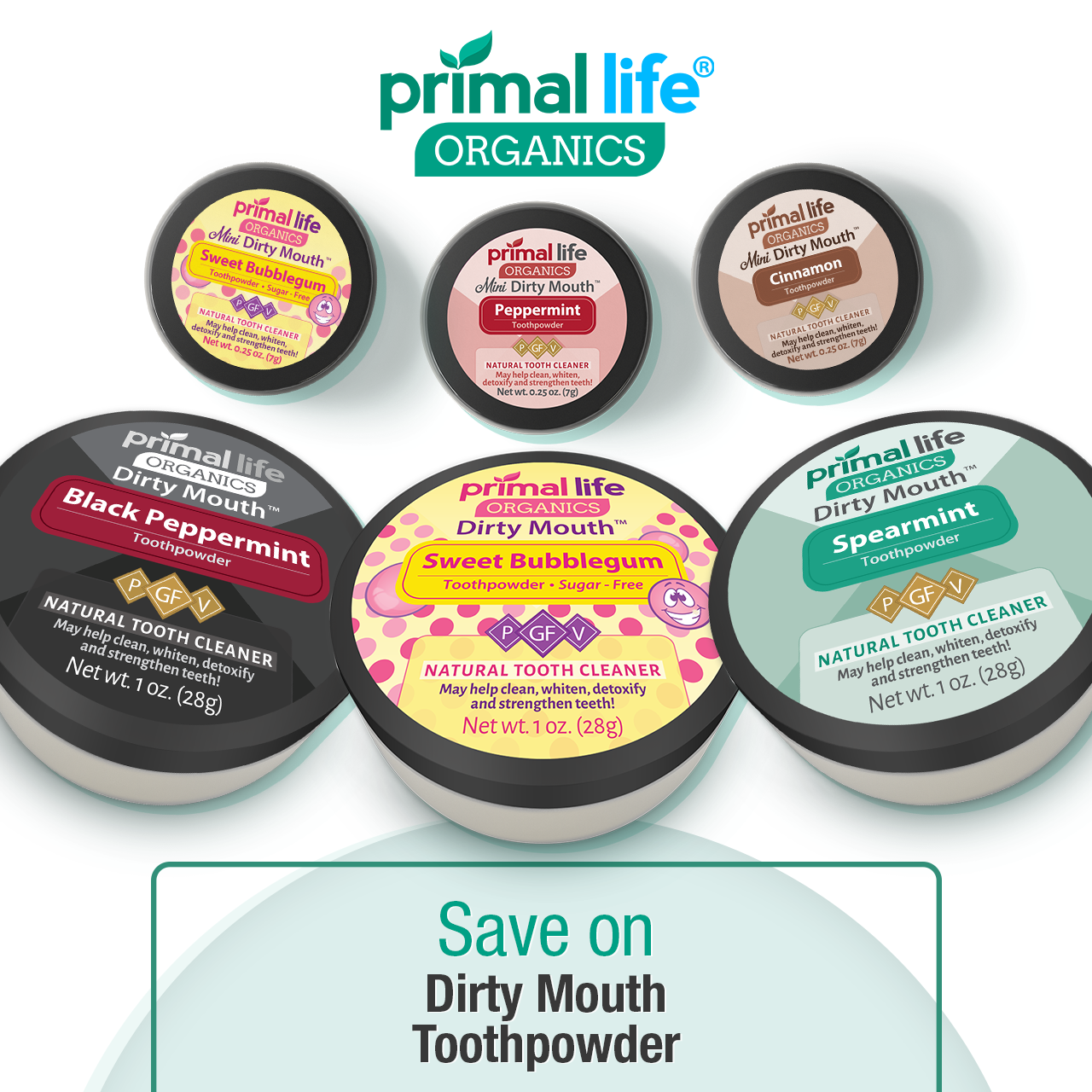Nikon D810 vs D800E ISO Comparison
After I received the Nikon D810 in the morning today, I thought about posting an article on the ISO performance of the camera and how it stacks up against the Nikon D800E. After Adobe announced the release of the Camera RAW 8.6 RC, I thought about using the Adobe converter for the Nikon D810 RAW files instead of Nikon’s software like Capture NX-D or ViewNX. Well, that was a really bad call on my side, because I ended up wasting the whole day trying to figure out why the performance of the D810 was coming out so bad when compared to the D800E. I ran many different tests and each one of them showed the same thing – the D800E was surpassing the D810 at every ISO above 3200. Whether it was with retaining colors and dynamic range, to plain noise – the D800E was just killing the D810 in every case. Although the D810 images were coming out about a stop brighter (with the exact same exposure settings and even custom white balance set at 4700K), I even tried to equalize the brightness both in cameras and post, only to see variations of the same problem. Nothing made sense and I simply could not believe that Nikon would release a camera that was inferior than its predecessor in image quality. That really did not make sense, but that’s what I was seeing!
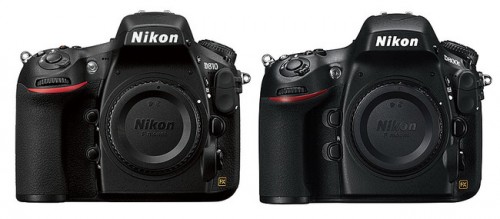
After wasting a few hours with Adobe’s Camera RAW and DNG converter, I installed Nikon’s free Capture NX-D software. Loaded the exact same files into Capture NX-D, ran the conversion and voila – the D810 looked better than the D800E! It turns out that Adobe’s 8.6 “Release Candidate” is one of those junk beta releases where the converter is doing something funky with handling the D810 RAW files. Take a look at the following two files shot on the D810 (Left) and D800E (Right) at ISO 12800 for a comparison:
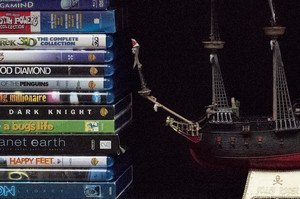

If you look at the EXIF data of both images, you will see that both were shot with identical exposure settings. The D810 image has weird colors (despite my efforts in trying to match the white balance), there is a heavy loss of colors (particularly in the shadows) and there is generally more grain in the image. In addition, as I have mentioned earlier, the D810 images appeared brighter at the same settings. I even blamed it on the Sigma 50mm f/1.4 Art lens, thinking that perhaps the lens was not closing down properly to f/5.6, so I used an older Nikkor manual focus lens, only to arrive at the same results. Long story short, it was a complete waste of time, thanks to my blind trust in Adobe’s RAW converter.
With the Capture NX-D, things look completely different and they make a lot more sense. Although there is still a slight difference in exposure brightness between the two cameras (with the D810 appearing brighter by up to 1/3 of a stop), ISO performance with NX-D rendered RAW files look noticeably good, in favor of the Nikon D810. That’s something I was expecting and it is not a surprise, since the D810 sports a newer, more improved version of the 36.3 MP sensor.
Let’s take a look at the comparison between the two, starting from ISO 64. Since the D800E does not have ISO 64, the below crop was shot at ISO 50 (Low ISO boost):
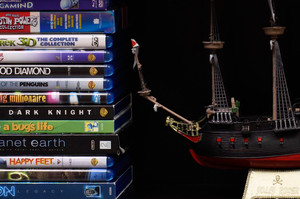
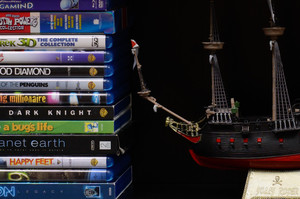
There is not much to say about low ISO performance – both cameras produce superb results at low ISOs. Except the D810 does not have to boost anything at ISO 64, since it is its start of the “native” ISO range. I have not performed any dynamic range tests yet, but hopefully this means more dynamic range for the D810.
Next, here is ISO 100 (Left: Nikon D810, Right: Nikon D800E):
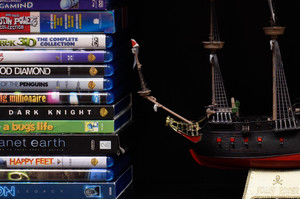

Performance at low ISOs is excellent on both cameras, so there is no need to look here – let’s skip to ISO 800 and above.
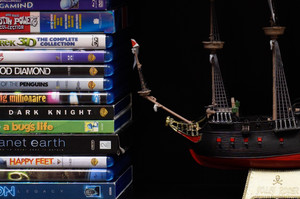

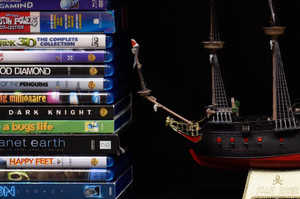
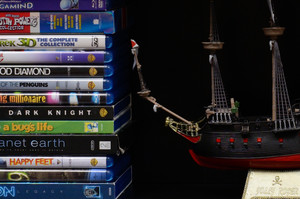
Noise patterns look a little different between the two, but I cannot say that one is better than the other.

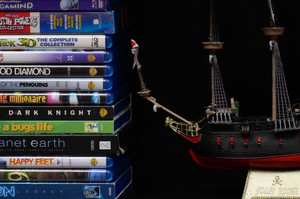
The same for ISO 1600.
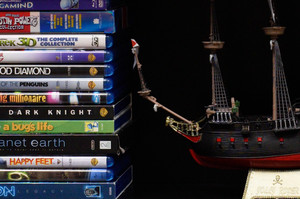
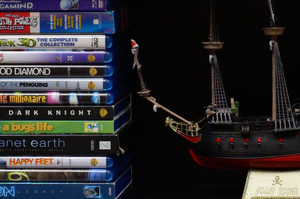
At ISO 3200, we can see that the D800E starts to develop more patches of false color in some areas of the image.
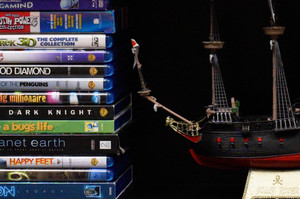
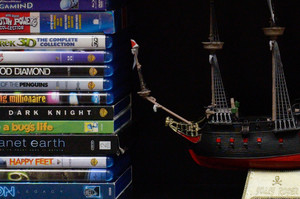
As we push ISO higher towards 6400, we can now see that the shadow area on the D800E is clearly more affected with noise patterns.
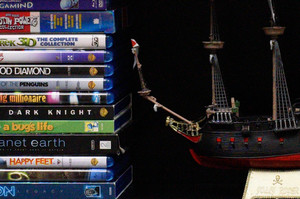
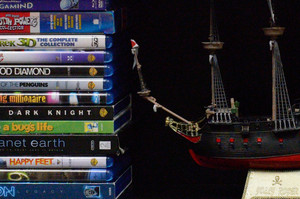
And this is much more evident at ISO 12800, where the D810 is clearly better in handling noise throughout the image.
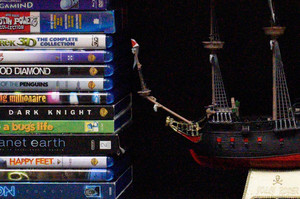

ISO 25600 is just too much for both cameras, but once again, the D810 appears visibly better.
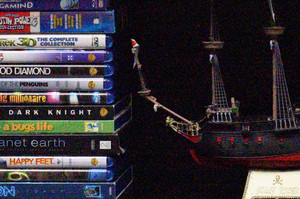
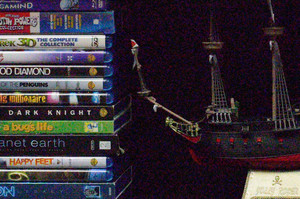
And the D810 comes with a useless ISO 51200, which I personally would never use due to severe loss of details, colors and way too much grain.
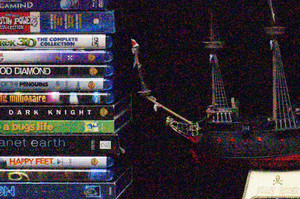
Please note that all of the above are 100% crops from the center of the frame. No processing was performed on images, including sharpening, contrast, levels, etc.


























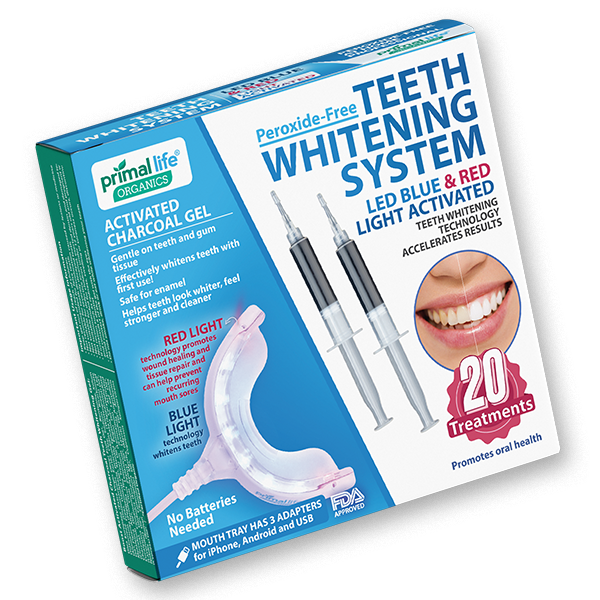
.gif)
